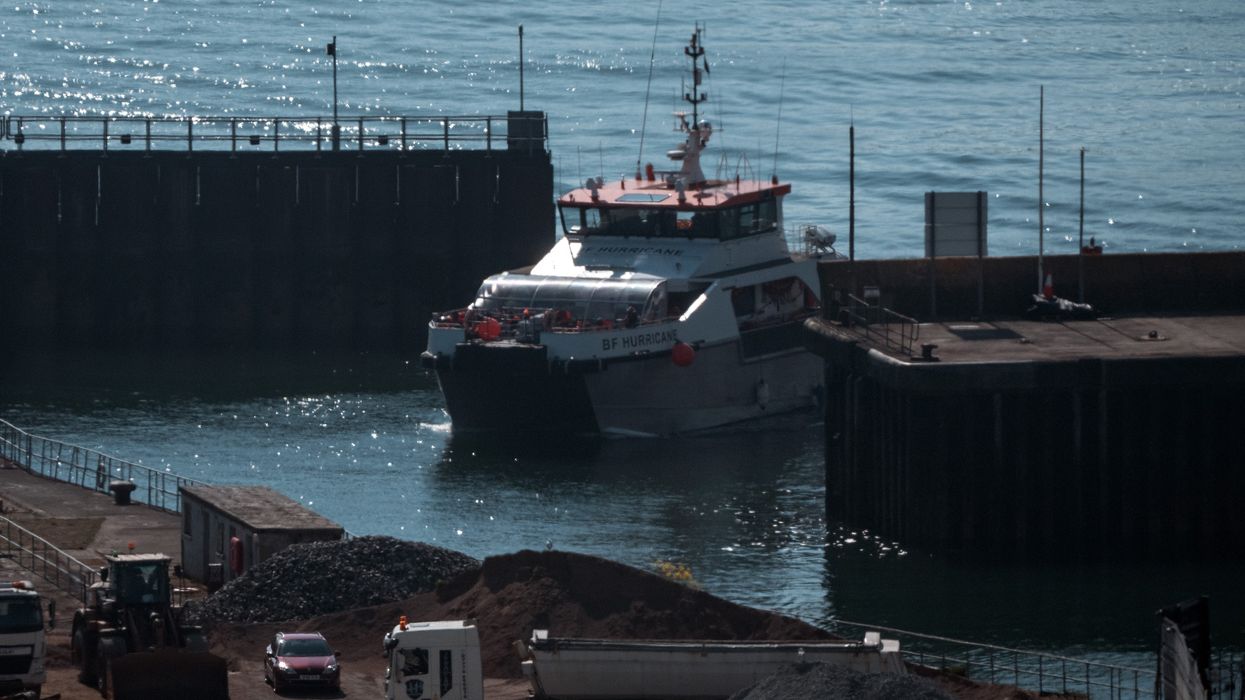The title, “Restoring Control of the Immigration System”, makes 'control' the core message of the immigration white paper. “Take Back Control” was the opening riff of prime minister Sir Keir Starmer’s launch speech, contrasting the slogan that won the Brexit referendum with the soaring immigration that followed. Home secretary Yvette Cooper alliterates control, contribution and cohesion as her key principles.Control means different things to different people. Key questions remain about how this white paper will apply it in principle and practice.
Does control primarily mean choosing or reducing immigration? If we select the immigration that reflects Britain’s interests – and, hopefully, our values too – how far is the key test how low the numbers go?
Starmer and Cooper are pledging significantly lower numbers, seeing that as what the public most want to hear. The biggest secret in Britain is how much immigration already fell in the last year. Ten days after the white paper, the Office of National Statistics will confirm that net migration is a few hundred thousand below the 728,000 final score of the last government.
Net migration “must come down” more to be “sustainable”, says this white paper, hinting that the precedented range of 200,000 to 300,000 is where ‘normal’ might begin, testing Labour’s refusal to set a target.Half of the public want overall numbers down - but selectively. There is no public majority to reduce any of a dozen work and study roles, according to new Focaldata research for British Future.
Most ‘reducers’ prioritise regaining control over small boats. A quarter think overall numbers matter most.
The dilemmas of control – how to balance the pressures of a rising population with the gains from immigration – have been intensely debated over the past two months. But it was largely a private debate inside government. The Home Office expected special pleading from every sector, so left it to government departments to make the case for external stakeholders.
Universities feared fatal damage to fragile finances from a drive to cut international student numbers. A more modest tweak to post-study work visas – now 18 months, instead of 24 – keeps this selling point in the UK’s pitch to Indian students. The Treasury will explore a levy on international student fees in the budget.
Health secretary Wes Streeting backed the unexpected decision to scrap the bespoke care visa. Most people do not define contribution by salary alone. Care workers are, after nurses and doctors, among the most popular migrants in Britain. Twice as many people would increase rather than reduce the numbers. Care visas accounted for much of the pre-2023 surge and 2024 collapse of the visa numbers. But oversight of when it was used legitimately or fraudulently, exploitatively or outside its purpose, was weak. The public will need reassurance that the government has a workforce plan. Existing care workers can extend to 2028. The care sector might, like any other sector, negotiate some shortage visas during the transition too.
This white paper talks about integration in principle, but its proposals may impede it in practice. New standards for English language could help, with practical back-up. A new ‘earned settlement’ message underpins a three-tier system. The numbers focus means inviting fewer people to stay. That may deliver more ‘churn’ of migration without, by design, trying to enhance the integration of guest-workers. Some people will qualify for settlement in five years, but others in ten. Giving new arrivals more clarity about temporary schemes versus settlement routes may be fair. Making those already here wait five more years would have risks for child poverty and ethnic disparities. A wide review of citizenship policy should identify both the necessary requirements and unnecessary impediments to people becoming British.
Small boats are the big control challenge. Despite Starmer’s rhetoric about the “open borders experiment” of his predecessors, he inherits asylum chaos from a botched experiment in trying to close the borders to asylum. Passing law after law pledging to remove anybody who arrived without permission was a bluff without a real-world plan. Cutting the visas that government does control will not distract from a continued lack of control in the Channel. The best shot at an orderly, humane system is to talk with France and Europe about making managed humanitarian routes, along with enforcement and returns, tools for regaining border control.
Most people are balancers on immigration – if we do not confuse Reform leader Nigel Farage’s core vote with a guide to how most people think. The control challenge is not who can talk toughest, or pitch the lowest number, with or without any plan to deliver.
Fusing control and contribution with compassion would resonate with Britain, if the citizenship agenda which came with it was more proactive than punitive.The public want competence too - but have ceased to expect it. Making promises that can be kept could be the key to taking back control of the immigration politics too.
 Sunder Katwala
Sunder KatwalaSunder Katwala is the director of thinktank British Future and the author of the book How to Be a Patriot: The must-read book on British national identity and immigration.

















